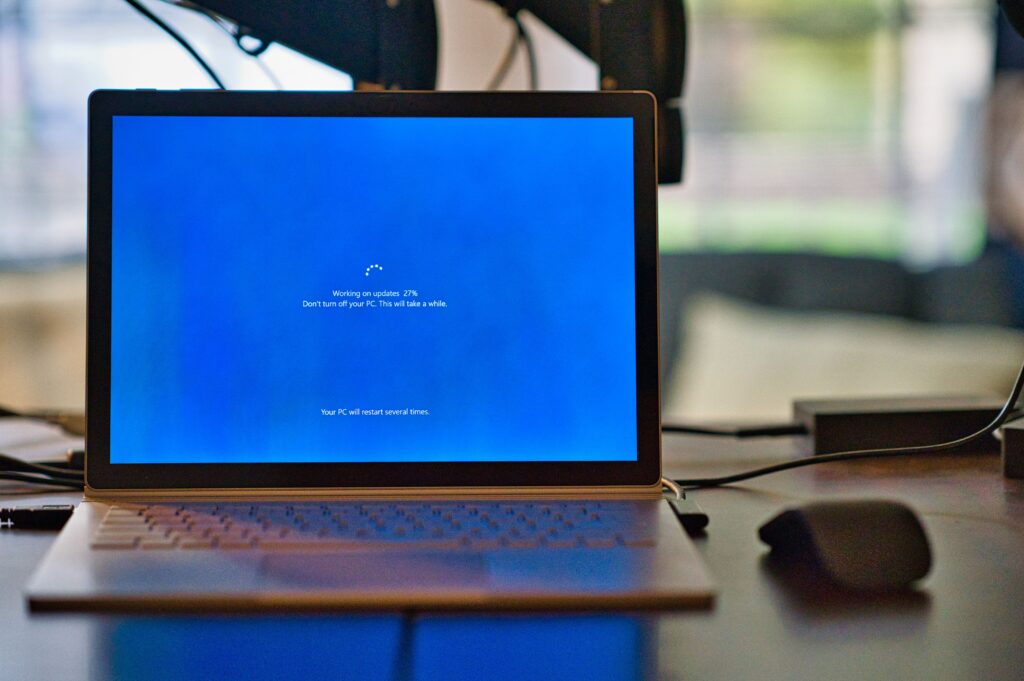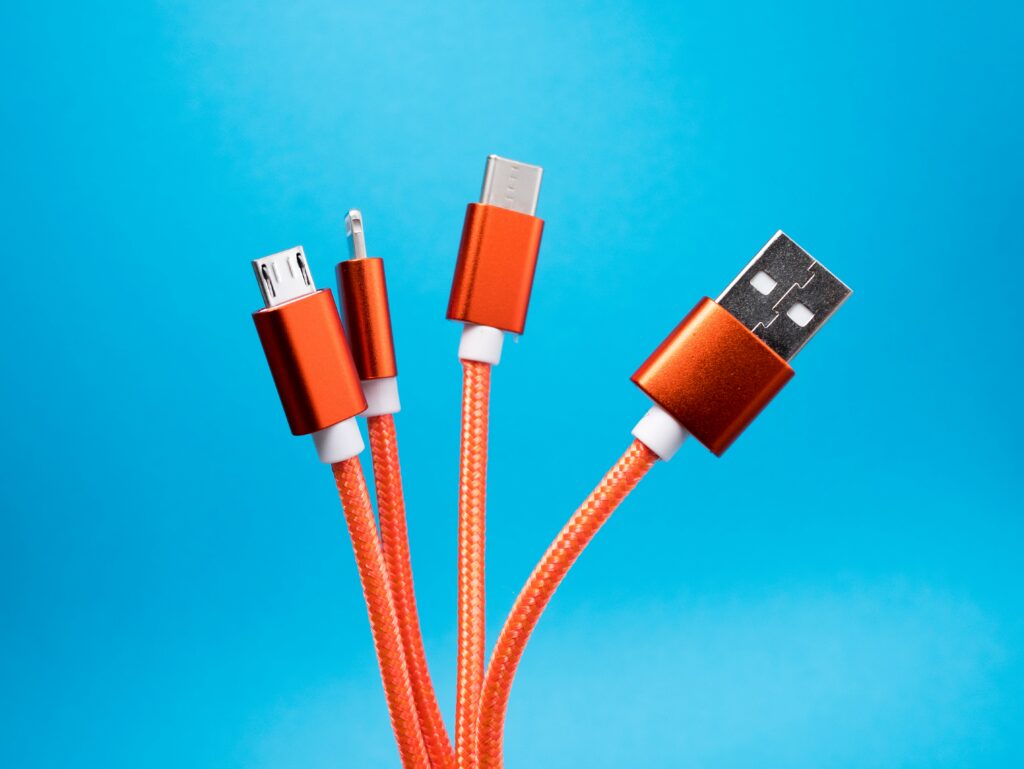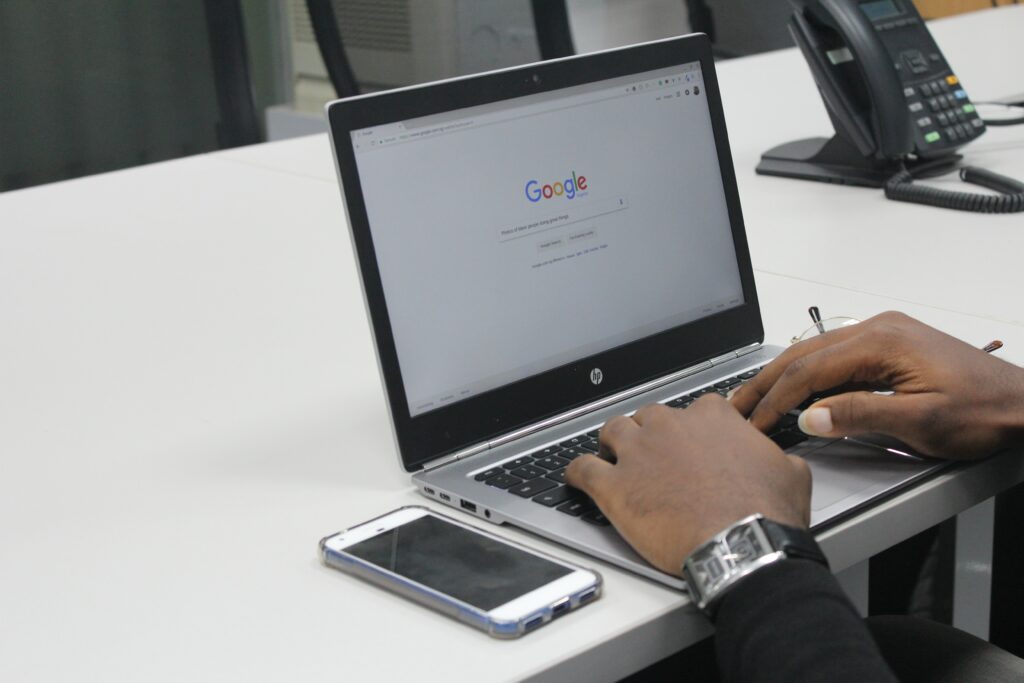Tech support DIY
If you think you are having a technical issue with a tablet, mobile phone or computer, you might be right. There are a few things you can do to self diagnose and in some cases, repair the issue without the need for outside help. Get started with your own tech support DIY today!
1 – Reboot / Restart / Reload

This might seem the most obvious course of action and its parodied in many TV series and films and is almost always one of the first things suggested in technical support. BUT, this does not mean it is the only solution and it might not be suitable for your need.
Some of the reasons you may wish to restart your device or reload an application are
- Application not responding
- Start menu not working
- Blue screen
- Black screen
-
Running slow
2 – Check connections

There may be a problem with a connection, this usually arises if you are having issues with an external device or power cable. This can range from a bad connection (not plugged in properly) to a damaged cable. Most cable connected issues arise from the connectors not providing a large enough contact.
This can be caused by many things but things to look for are the following
- Cable feels loose when pushed in
- Device connection seems intermittent or random
- Cable is old
- Cable is damaged
Remember, when investigating power cables, you should always check them after disconnecting from the mains and before attempting to connect them to a device.
If your power cable has any signs of heat damage. DO NOT USE IT and replace it as soon as possible.
3 – Safe browsing

The internet is full of many many bad things. I am using a loose terminology here but this covers pretty much everything. You are as responsible for using the internet as the companies and individuals are who provide their websites. If you have ANY doubt about the authenticity of an email link or attachment, a search engine link or advert or experience odd behaviour which appears to originate from your computer, you probably want to get out quick and leave it well alone.
I will separate this out into some categories
Ransomware
This is deemed as the most dangerous thing on the web. It can be if not handled fast. IF you think you have ransomware on your PC, the first thing you should do is get that device switched off as fast as possible. If this means turning the mains off, do it. Under no circumstances should you switch it back on without getting it checked first. This process usually would involve loading the storage drives into a sandbox system which is not connected to the internet, then scanned for any problems or encrypted files.
What can you do to protect yourself?
Backups. Regular backups are the answer to this BUT beware that even backups can be affected by ransomware so make sure you have a safe backup. If you connect your backup drive to a system with ransomware, the backups integrity can be lost and you could lose the entire backup. A cloud backup service such as OneDrive can provide some protection but for anything critical, you should ensure a solid backup exists before tinkering.
Dodgy links
This might sound obvious again but a link with a website domain that looks like the one you expect, might not be
www.barclays.co.uk
www.onlinebarclays.co.uk
Quite simple this one but they can be much more subtle. The first link is genuine and would take you to Barclays bank (don’t worry, if you do click on it, its a genuine link to Barclays), the second link (at time of writing does not exist) would potentially take you to a fake website and attempt to steal your details.
What can you do to protect yourself?
ALWAYS check the website link before clicking on it. If you are not sure, DO NOT CLICK ON IT.
Emails
Emails were originally intended to send a message from one place to another and this has evolved into something much bigger. The ability to send files and links as well as messages to anyone anywhere in the world, in some cases automatically provide ample opportunities for someone to make something from someone else’s mistakes. If 1 million emails are sent and 10 people open them, that means there’s a market for it.
Things to check:
- Dodgy links, see above
- Attached files
- Misspellings
What can you do to protect yourself?
If you have any doubt about an email
DO NOT OPEN IT
DO NOT CLICK ANY LINKS
AND FINALLY, DO NOT DOWNLOAD AND OPEN ATTACHMENTS NO MATTER HOW GENUINE IT LOOKS.
Tech support DIY should be fun and should not feel like hard work. If it does, you should look to a professional for advice or help.